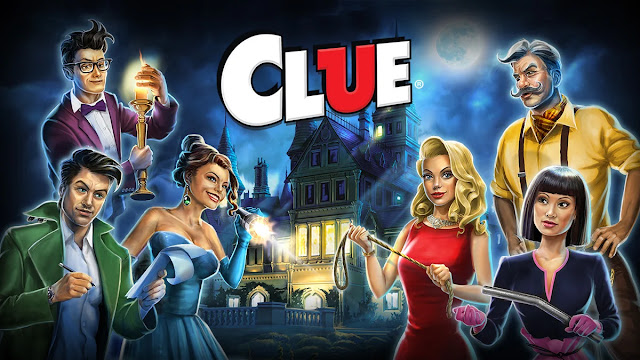The Classic Mystery Introduction:
Cluedo, alternatively known as Clue in North America, is a captivating murder mystery game that accommodates three to six players, the exact number depending on the edition. The game's conception traces back to 1943, credited to the ingenuity of British board game designer Anthony E. Pratt. Its debut manufacturing occurred in 1949 under the Waddingtons brand in the United Kingdom. Since then, Cluedo has undergone multiple revamps and updates, presently falling under the ownership and publication of the American game and toy giant, Hasbro.
The essence of the game revolves around unraveling the identity of the perpetrator, the location of the crime, and the weapon used. Each participant assumes the role of one of six suspects, employing strategic movements on a game board that simulates the rooms of a mansion. The goal is to amass clues from fellow players and ultimately deduce the correct solution.
Gameplay:
The Cluedo franchise has extended its reach to encompass various manifestations, including games, literature, a cinematic adaptation, television series, and even a musical. Spinoff versions have emerged, introducing extra characters, weapons, rooms, and distinct gameplay mechanics. The original version is presented as the "Classic Detective Game," with each spinoff characterized by unique slogans
A modernized iteration named Cluedo: Discover the Secrets emerged in 2008, marked by alterations in the game board, gameplay dynamics, and character profiles. However, this version encountered criticism from both the media and fans of the original. In response, Cluedo: The Classic Mystery Game was introduced in 2012, aiming to rekindle the essence of Pratt's foundational formula while incorporating various innovative variations.
The inception of Cluedo traces back to the backdrop of World War II when Anthony E. Pratt, a British musician and factory worker, found refuge from air raids in his Birmingham residence. Drawing inspiration from murder mystery games witnessed at private music events and the prevalent detective fiction of the era, particularly Agatha Christie's works, Pratt developed the concept for a murder-themed game. In 1944, he pursued a patent for his creation, initially named "Murder!" Pratt, together with his wife Elva Pratt, who contributed to the game's design, presented it to Norman Watson, a Waddingtons executive. Watson promptly acquired the game and coined its name, "Cluedo," derived from the amalgamation of "clue" and "Ludo," the Latin term for "I play," referencing a popular board game. The design of the mansion in the game is purportedly modeled after the Tudor Close Hotel in Rottingdean, Brighton and Hove. Early editions were titled "Murder at Tudor Close."
While the patent was secured in 1947, post-war scarcities postponed the official launch in the United Kingdom until 1949. Simultaneously, the game was licensed to Parker Brothers for publication in the United States, where it was renamed "Clue" due to the unfamiliarity of "Ludo" and its related associations. This renaming was deemed necessary, as similar Pachisi-style games had been marketed under different names.
Final Words:
Distinctions exist between Pratt's initial game concept and the version eventually released in 1949. For instance, Pratt's original idea involved 10 characters, one of whom was randomly chosen as the victim at the outset. Notable characters like Mr. Brown, Mr. Gold, Miss Grey, and Mrs. Silver were eliminated in the final version, while Nurse White and Colonel Yellow were renamed Mrs. White and Colonel Mustard. The game accommodated up to eight remaining characters, culminating in a total of nine suspects. The original game featured 11 rooms, with some like the gun room and cellar being eliminated. Moreover, nine weapons were included, including unused options like the bomb, syringe, shillelagh, and fireplace poker. Some of these unused elements found their way into later spinoff versions.
The gameplay also witnessed some disparities. Notably, playing cards were placed within the rooms for retrieval, a divergence from the direct dealing of cards to players. Special tokens were employed to make character suggestions by landing on another player, and a player's ability to suggest was limited by these tokens. Minor distinctions existed, most of which were rectified in subsequent releases and remained largely unchanged in the standard Classic Detective Game editions.

.png)
0 Comments